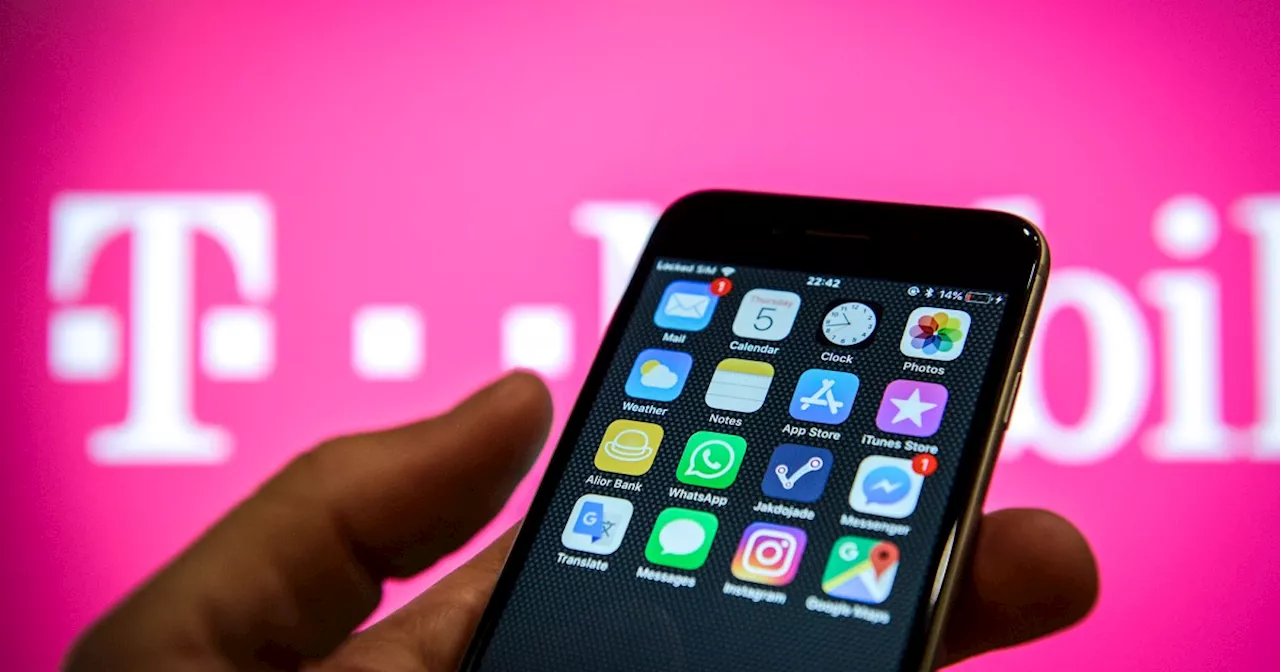For most of 2023, 5G speeds among the big three carriers have been fairly stable, but this may only be true at the very top end of the 5G speed race.
For most of 2023, we’ve seen median 5G speeds among the big three carriers remain fairly stable, leading us to believe that things were beginning to reach a plateau. However, it now seems that this may only be true at the very top end of the 5G speed race.
T-Mobile still has a healthy lead It’s no surprise that T-Mobile remains solidly on top, with its customers’ median 5G speeds in the last quarter clocking in at 221.57Mbps, making it the only carrier to have ever scored over 200Mbps in this category. The numbers are a bit less impressive when it comes to overall median download speeds, as legacy 4G/LTE services are still pulling those down. However, T-Mobile has an even healthier lead even there, with 163.59Mbps median download speeds overall — more than double that of Verizon and AT&T, which come in at 75.68Mbps and 72.64Mbps, respectively. This is likely a result of T-Mobile’s much more extensive 5G network that leaves fewer of its customers on 4G/LTE coverage.
This is why T-Mobile’s numbers haven’t budged all year. At the end of 2022, T-Mobile’s fastest 5G Ultra Capacity network already covered more than 260 million people, while its low-band Extended Range 5G network reached 323 million — nearly 98% of the U.S. population. That doesn’t leave a lot of T-Mobile customers experiencing anything less than the fastest 5G speeds and even fewer finding themselves with only a 4G/LTE signal.
This is borne out by the results in Ookla’s latest analysis, with speed increases by AT&T and Verizon showing that they’re slowly catching up with T-Mobile through expansion. Whether they’ll ever catch up is another matter since T-Mobile isn’t sitting still and could easily have its faster carrier aggregation technologies rolled out far and wide before its rivals reach peak 5G coverage.
Illinois saw a healthy boost to first place this quarter, as it clocked in at 110.08Mbps and beat out previous winner New Jersey, which moved to fourth place, showing a drop from 102.44Mbps in July to 100.3Mbps this past quarter. Previous runner-up, Rhode Island, dropped out of the top 10 entirely, while Minnesota and the District of Columbia moved into the second -and third-place spots, and Arizona entered the top 10 list, moving into the fifth-place position with a score of 98.71Mbps.
However, despite Verizon’s massive new lead in North Dakota, T-Mobile remains the fastest mobile operator in 44 states and the District of Columbia. The remaining five states — Alaska, Maine, Montana, South Dakota, and Vermont — are considered too close to call this time, meaning AT&T has lost the lead it briefly gained in Montana. The slowest five states were Alaska , Wyoming, Maine, Vermont, and Mississippi.
The fastest 5G smartphones In addition to looking at the nationwide and regional speeds for each carrier, Ookla also provides a rundown on the fastest 5G smartphones each quarter, and this time around, the iPhone 15 Pro Max and iPhone 15 Pro unsurprisingly took the top two spots, registering staggering median download speeds of 251.37Mbps and 227.41Mbps, respectively.
